The food production and consumption over the past fifty years has changed dramatically. Now that the world population has reached the impressive number of seven billion and is expected to exceed nine billion in the next few decades, the issue of how the people are going to feed themselves becomes more stringent than ever. Fortunately, we’ve always found a way and you only need to think of how we handled the growing demand in chicken and beef to have a positive view on the matter. In fact, scientists worldwide are currently testing various dietary innovations to account for consumption needs in the future. Let’s review the potential foods people are going to eat in the future.
1. Genetically modified foods
This technology is currently in its infancy and we’re already seeing genetically modified foods in the markets. What science intends to do from this point is find a way to improve the current existing aliments by transforming them into more nutritious, harder, bigger and tastier foods. In short, they plan on making food better so people need to eat less of it. The first advantage that comes to mind entails that farmers will grow plants faster and hence, the yearly production will increase. But who knows, if food can be genetically modified then perhaps in the future it can also be engineered to act as medication in case of certain diseases as well.
2. Nanofoods
While many confuse the genetically modified food with nanofoods, they constitute entirely two different concepts. More exactly, the first implies altering the genes (and hence the aliment), whereas the second entails redeveloping the atomic structure of the food. Although not exactly nanofoods, the closest example that pops to mind are the preservatives currently used in numerous types of foods. The project is in a very early stage and it already has the ambitious goal of making the food taste accordingly with the preference of the consumer.
3. In-vitro meat
Because the vast majority of people living on the planet prefer meat, scientists have poured a lot of resources into replicating this delicious aliment. However, in spite of their efforts to replace meat with something else, the results have mostly been disappointing. The good news is that these days science focuses on a new idea to compensate for meat without having to grow and kill an animal for it, the in-vitro meat. If the outcomes of the project will prove positive, then we will not only have the best replacement for meat, but science will also make a big breakthrough in eliminating the world’s hunger problem.
4. Vegetarian meat
Replacing actual meat with ingredients that have nothing to do with animals was not very well perceived a few years ago. However, as the meat industry becomes more expensive and challenging to manage, the idea of eating vegetarian meat does not seem so bizarre nowadays. The latest innovation in the field is the testing of fungi dubbed Quorn, a type of fungus that actually taster very similar to meat. Providing this works out well, the meat of the future will not only be cheaper but also significantly healthier.
5. Weeds
The weeds that can constitute the dietary basis in the future are not necessarily the concept you are accustomed to in the traditional sense. It essentially needs to be a weed that has a great nutritional value and that also taste good, like purslane. Even though farmers are reluctant to grow purslane due to the fact that it tends to choke any other plant growing around it, scientists claim that it contains a bundle of vitamins and minerals, which make it a better alternative to carrots and spinach. Furthermore, it actually tastes good and perhaps the trump card of this weed is that it can grow anywhere.
6. Meat from smaller animals
Eating meat from smaller animals (rabbits, goats, coons or squirrels) is already a practice in some parts of the world and it comes with several benefits. First off, they require less space in order to breed and grow, which implies you can have more of them. Secondly, growing such animals does not come with the same environmental issues like the greenhouse gas effects generated by growing cattle, for instance.
7. Fish farms
The details that currently 30% of the available land on the planet is occupied by livestock and that 50% of the grain production of the globe is dedicated to feeding these animals represents the ultimate proof that people love meat. However, since the population is growing incredibly fast, it will soon become impossible to raise enough animals to feed everyone in these conditions. A satisfactory alternative to this serious issue would be expanding the idea of fish farms on land, like the ones involving types of fish bred for filet as well as other species.
8. Critters
Even though really appreciates this idea, the truth is that critters, bugs and insects are a very reliable source of proteins, similar to meat. In addition, critters do not contain a lot of fat and some species provide high amount of calcium and iron. Moreover, they are very cheap to grow, they develop fast and do not require a lot of space and resources. Perhaps the nations from Eastern Asia are onto something after all.
9. Algae
It is necessary to mention that algae here do not imply the algae currently found in the oceans and sea. Essentially, it refers to a new form of growing plants in what we currently consider an inhospitable environment (under water) and that will be scientifically altered to meet people’s nutritional requirements. There are several advantages to growing altered algae, from their microscopic dimensions and rapid growth rate to fact that they are able to develop in polluted settings just as well.
10. Pills
Sure, the idea of taking a pill instead of eating a meal is proprietary to science-fiction movies and may appear a bit farfetched at this point. Nonetheless, there have been some testing and experimenting with so call meal in a pill in the United Kingdom. While they may be nutritious and healthy, the major drawback of this idea is it will take away the passionate gastronome’s pleasure of actually cooking and eating a meal.

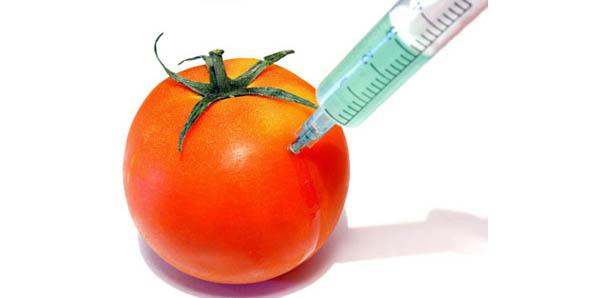

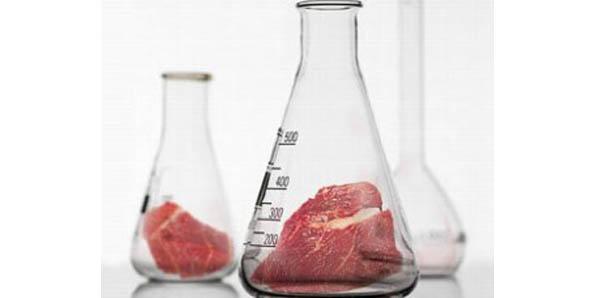
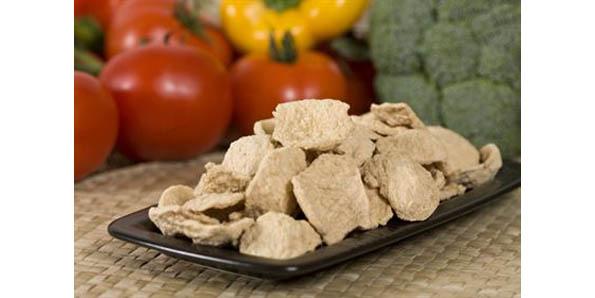
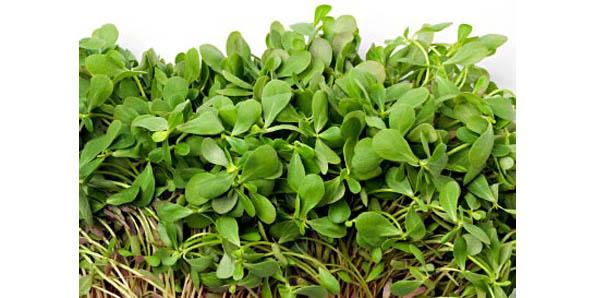

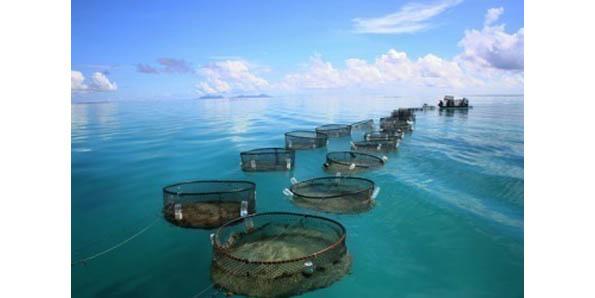
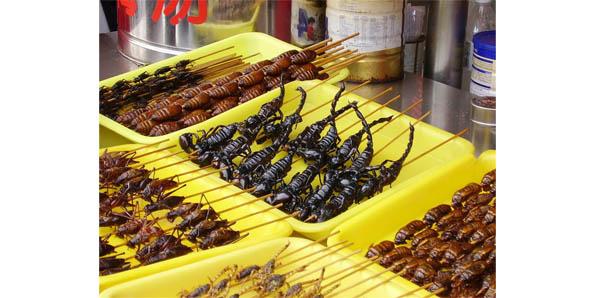


Leave a Reply